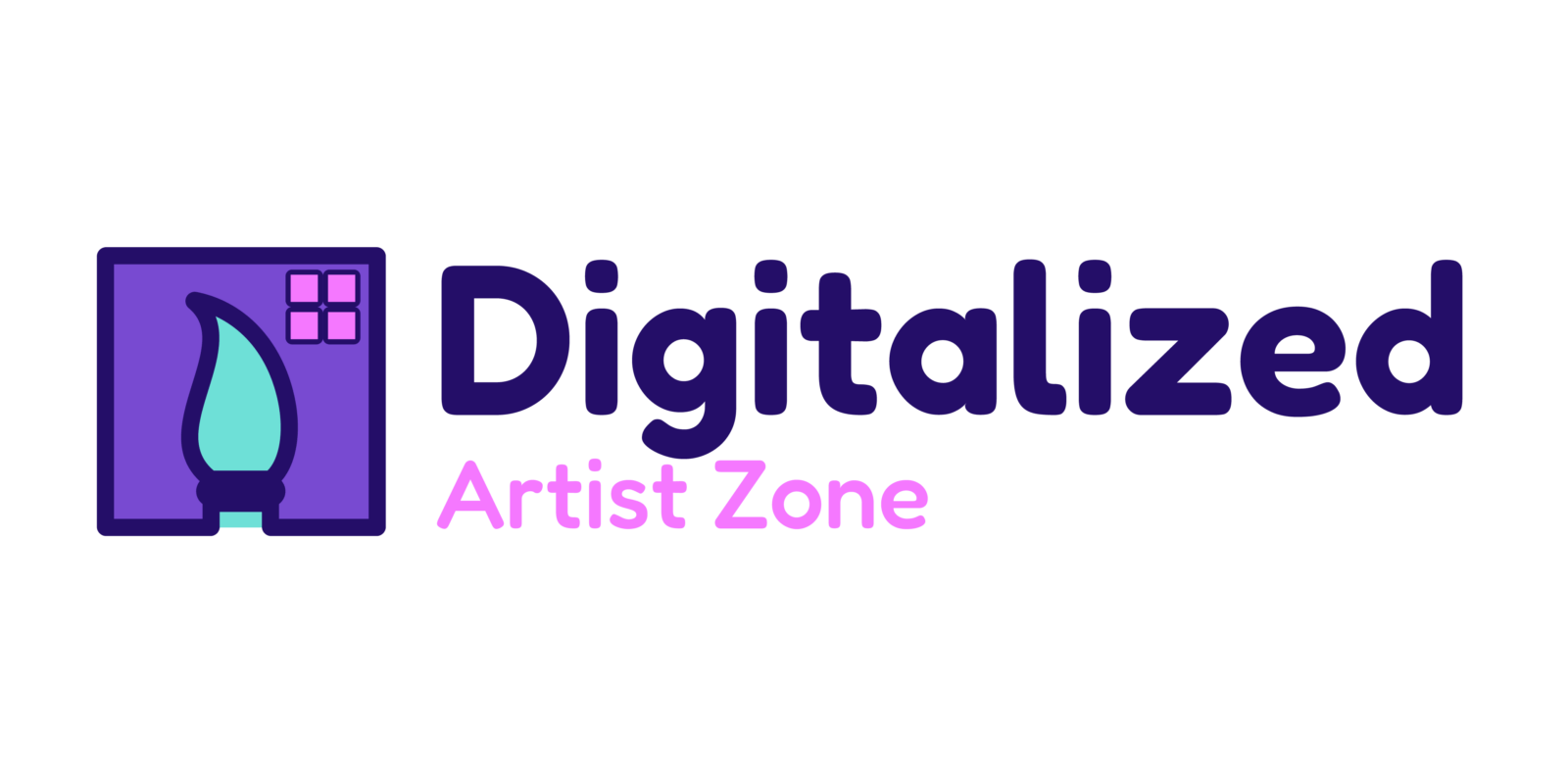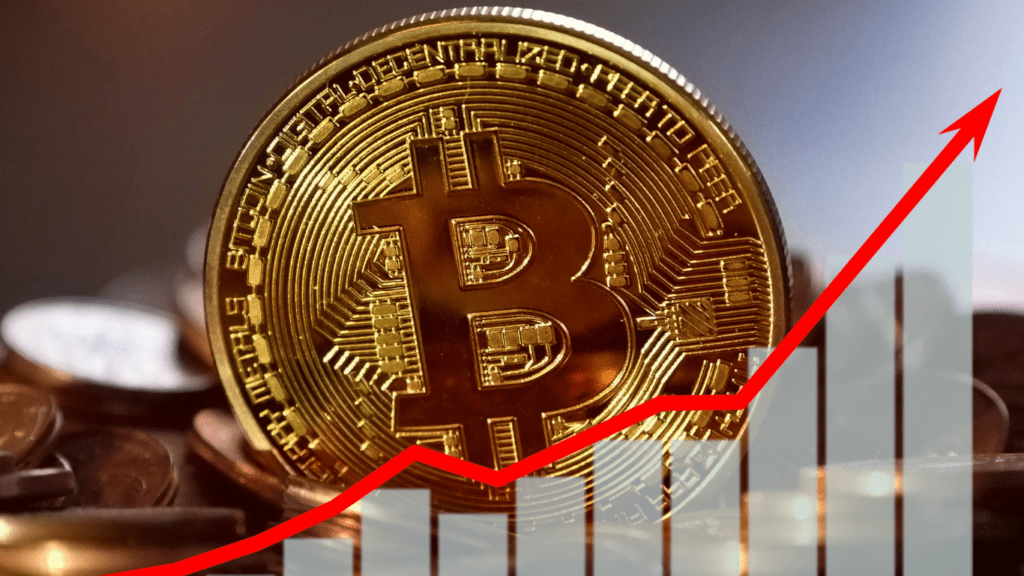As a digital artist navigating the ever-evolving landscape of the art world, delving into the realm of Non-Fungible Tokens (NFTs) can open up a whole new avenue for showcasing and monetizing your creations. In this guide, I’ll walk you through the fundamental aspects of NFTs, shedding light on what they are, how they work, and why they’re revolutionizing the way we perceive and trade digital art.
Exploring the world of NFTs can be both exciting and daunting, especially for those new to the concept. However, understanding the basics is crucial for digital artists looking to leverage this innovative technology to gain recognition and financial rewards for their work. By grasping the essentials of NFTs, you’ll be better equipped to navigate this burgeoning market and make informed decisions about how to showcase and sell your digital creations.
What are NFTs?
Definition of NFTs
NFTs, short for Non-Fungible Tokens, are unique digital assets that represent ownership or proof of authenticity of a specific item or piece of content using blockchain technology. Each NFT has a distinct value, making it unlike any other token or asset.
How NFTs Work
NFTs operate on blockchain networks, such as Ethereum, where each token contains metadata that defines its uniqueness and ownership details. Smart contracts facilitate the buying, selling, and trading of these tokens, ensuring transparency and security in transactions within the digital art market.
Why NFTs Matter for Digital Artists
As a digital artist, recognizing the significance of Non-Fungible Tokens (NFTs) is crucial in navigating the contemporary art landscape. Embracing NFTs opens up a world of opportunities and challenges that directly impact how digital art is created, shared, and valued in the market.
Opportunities for Digital Artists
Exploring NFTs presents digital artists with a unique chance to showcase their work in a decentralized and innovative space. By minting digital art as NFTs, artists can establish verifiable ownership and scarcity, potentially increasing the value and desirability of their creations. Moreover, leveraging NFT marketplaces allows artists to reach a global audience without traditional intermediaries, fostering direct connections with collectors and enthusiasts.
Challenges Faced by Digital Artists
Despite the benefits, digital artists also encounter challenges in the NFT ecosystem. One primary concern is the environmental impact of blockchain networks, particularly in energy consumption for minting and trading NFTs. Additionally, navigating issues of copyright, authenticity, and intellectual property rights in a decentralized marketplace can pose complexities for artists seeking to protect their work and reputation. Adapting to these challenges while harnessing the opportunities presented by NFTs requires a nuanced understanding of the digital art landscape and the evolving dynamics of the blockchain ecosystem.
How to Create and Sell NFTs
Creating and selling NFTs can be a rewarding experience for digital artists looking to showcase their work in the blockchain space. Here are the steps to create an NFT:
- Choose a Platform: Select a reputable NFT marketplace like OpenSea, Rarible, or Foundation to create and sell your NFTs. Each platform has its own requirements and fee structures.
- Set Up a Digital Wallet: Create a digital wallet compatible with the platform you’ve chosen. Popular wallets include MetaMask and Trust Wallet. Ensure you have enough cryptocurrency to cover transaction fees.
- Upload Your Artwork: Upload the digital artwork you want to tokenize as an NFT. Ensure the file meets the platform’s specifications for format, size, and quality.
- Mint Your NFT: Minting an NFT involves creating a unique token on the blockchain that represents your artwork. Follow the platform’s instructions to mint your NFT, adding details like title, description, and royalties.
- Set Royalties and Properties: Decide on the royalties you want to earn whenever your NFT is sold in the future. Define properties such as unlockable content or limited editions to add value to your NFT.
- Price Your NFT: Set a price for your NFT based on factors like artistic value, demand, and market trends. Consider starting with a reasonable price to attract buyers.
- List Your NFT for Sale: Once your NFT is minted and ready, list it for sale on the marketplace. Write a compelling description and add relevant tags to increase its visibility.
- Promote Your NFT: Utilize social media, online art communities, and digital marketing strategies to promote your NFT and reach a broader audience of potential buyers.
By following these steps, you can effectively create and sell your NFTs as a digital artist, leveraging the benefits of blockchain technology and decentralized marketplaces.
Understanding the Impact of NFTs on the Art Industry
Exploring the Impact of NFTs on the Art Scene, I will delve into how these digital assets are reshaping the industry landscape, offering new opportunities for artists. Embracing the potential of NFTs, artists can revolutionize their approach to exhibiting and monetizing digital creations, paving the way for enhanced recognition and financial rewards in a swiftly evolving market.
Navigating the Influence of NFTs on the Art Sector, artists can leverage blockchain technology to authenticate ownership and establish the uniqueness of their digital pieces, creating a decentralized space for showcasing their work. This shift in the art market allows artists to connect directly with a global audience, breaking traditional barriers and fostering genuine artist-audience relationships.
Addressing Challenges in the Era of NFTs, artists must overcome obstacles like environmental concerns associated with blockchain technology’s energy consumption and grapple with copyright issues in decentralized marketplaces. This necessitates a nuanced understanding of the digital art environment and blockchain ecosystem to navigate potential pitfalls and capitalize on the benefits of NFTs effectively.
Strategizing for Success in the NFT Landscape, artists can follow a structured approach to creating and selling NFTs by selecting suitable platforms, establishing digital wallets, uploading artwork, minting NFTs, setting royalties and properties, determining pricing, listing for sale, and promoting their digital assets. By mastering these steps, artists can harness the power of blockchain technology and decentralized marketplaces to maximize their exposure and earnings in the digital art realm.





